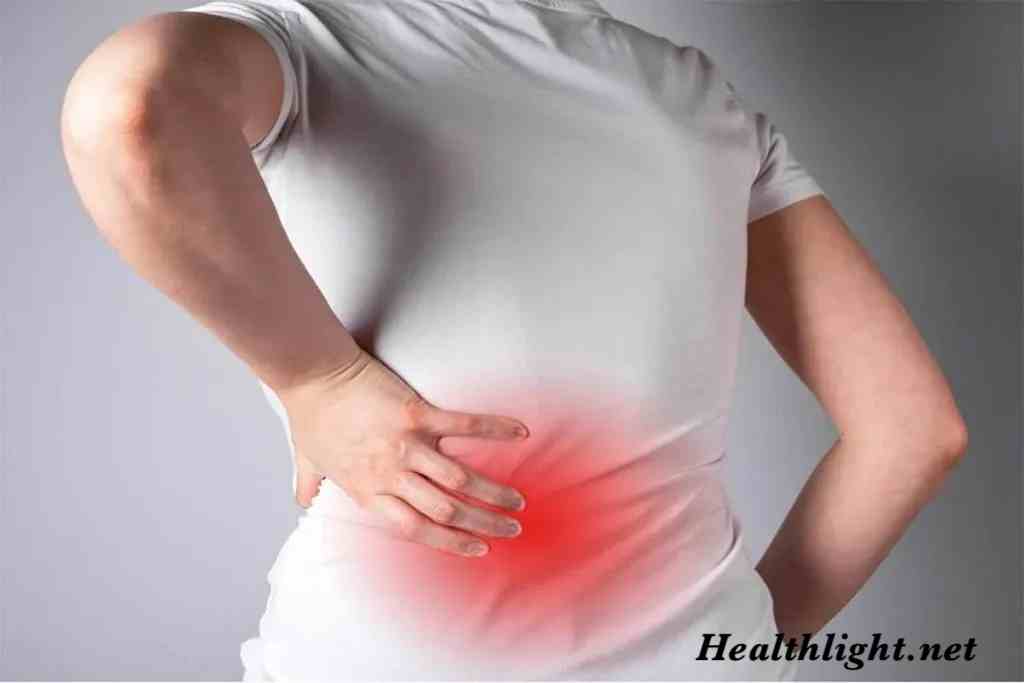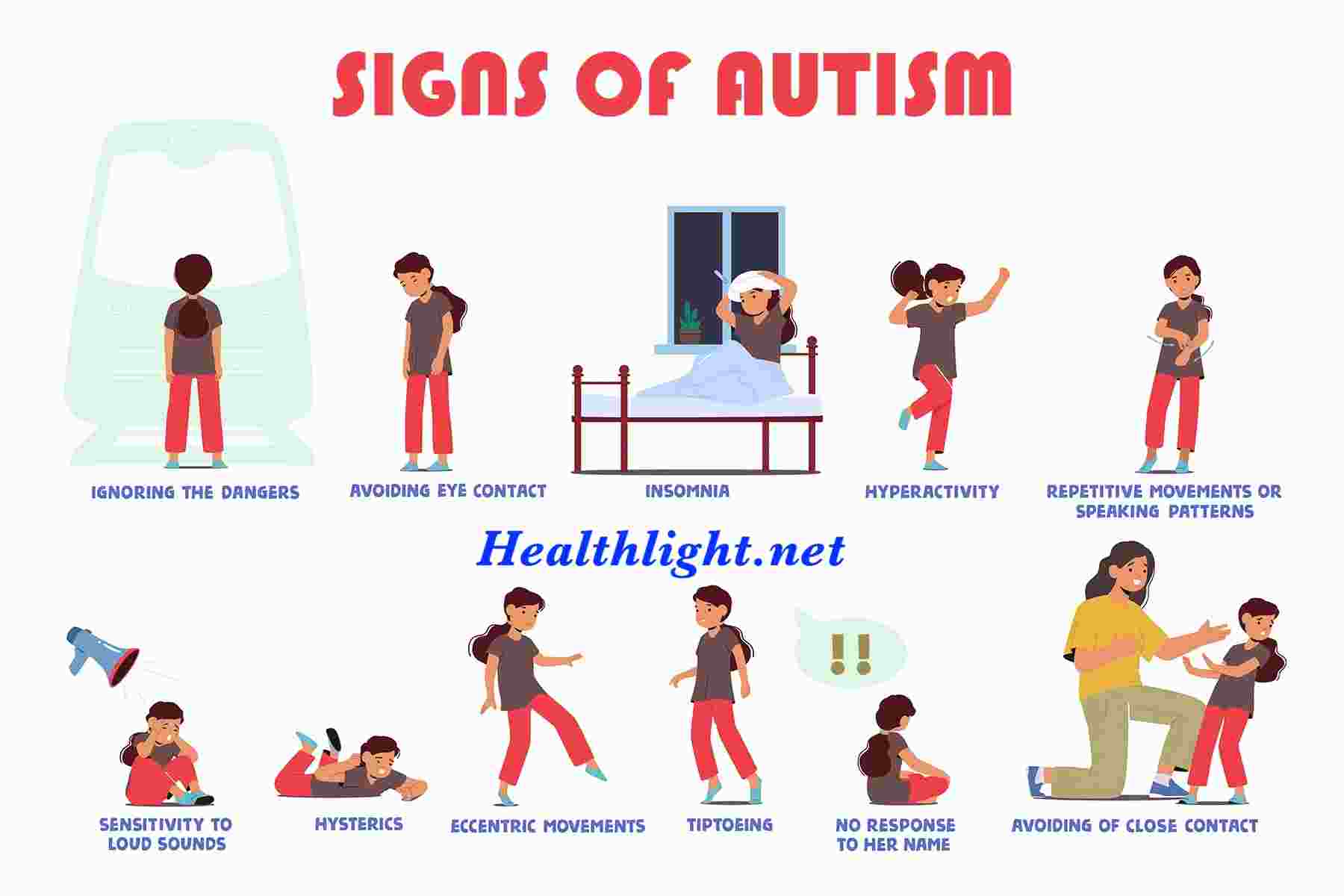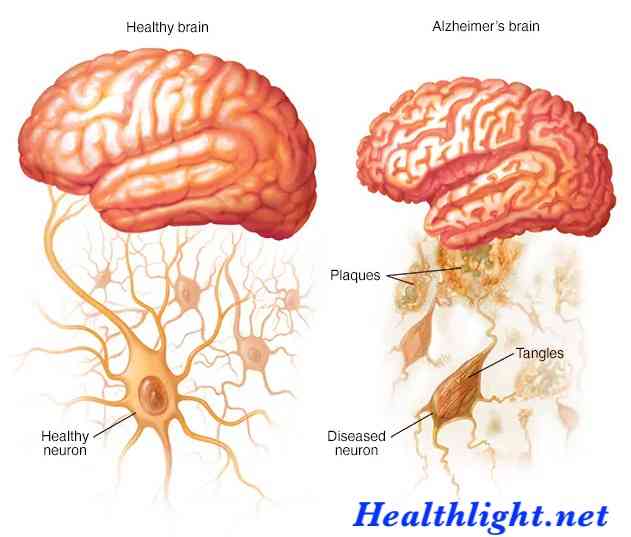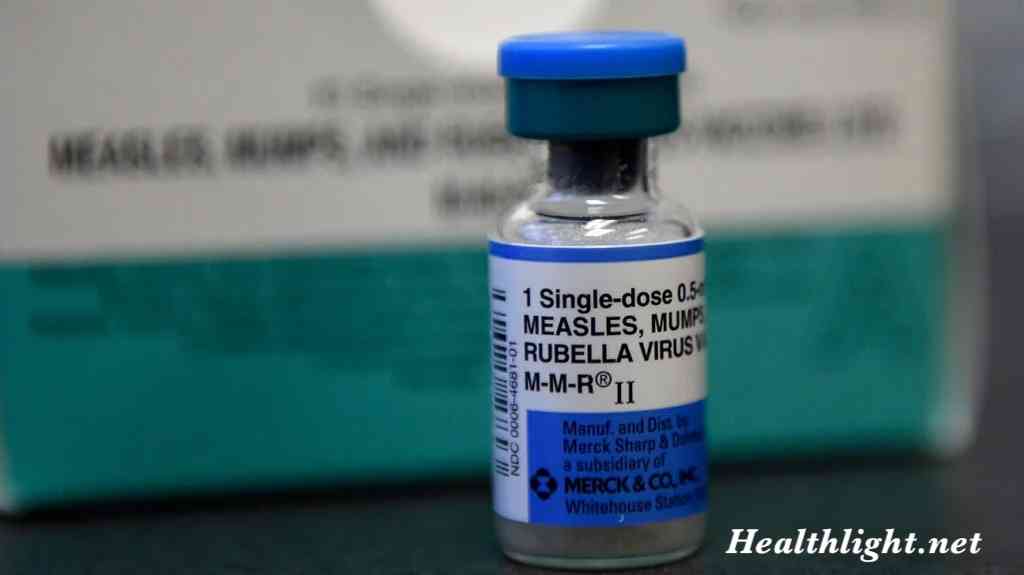Back pain is one of the most common health problems people experience today, and left back pain can be especially worrying. Whether it is a sharp pain that comes suddenly or a dull ache that lasts for days, discomfort on the left side of the back can interfere with work, sleep, and everyday activities.
In this article, we will explore the causes, symptoms, treatment options, and prevention tips for left back pain in detail.
What is Left Back Pain?
Left back pain refers to pain or discomfort located on the left side of the back, which can affect the upper back, mid-back, or lower back. The pain can be mild, moderate, or severe depending on the cause. Sometimes it may be linked to muscle strain, while in other cases it could be a sign of a more serious medical condition.
Causes of Left Back Pain:
There are several possible reasons behind pain on the left side of the back. The most common include:
Muscle Strain:
The most frequent cause of back pain is muscle strain. This happens when the muscles or ligaments in the back are overstretched or torn. Common triggers include:
- Lifting heavy objects incorrectly.
- Sudden awkward movements.
- Poor posture while sitting or standing.
- Overexercising or sports injuries.
Kidney Problems:
Since the kidneys are located on either side of the spine, pain in the left kidney can often be felt as left back pain. Possible kidney issues include:
- Kidney stones sharp, severe pain that may radiate to the abdomen or groin.
- Kidney infection pain accompanied by fever, nausea, or burning during urination.
Spinal Issues:
Problems related to the spine can also cause pain on one side of the back:
- Herniated or slipped disc pressing on nerves.
- Sciatica, when the sciatic nerve is irritated, leading to pain radiating down the leg.
- Spinal arthritis or age-related wear and tear.
Internal Organ Problems:
Though less common, pain on the left side of the back can sometimes be related to issues with internal organs, such as:
- Pancreatitis (inflammation of the pancreas).
- Digestive issues like constipation or bloating.
- Heart problems, especially if the pain comes with chest tightness or shortness of breath.
Injuries:
Accidents, falls, or direct trauma to the back may cause localized pain, swelling, or stiffness on the left side.
Symptoms of Left Back Pain:
The type and severity of symptoms can help identify the underlying cause of left back pain. Some common signs include:
- Dull ache or sharp stabbing pain on the left side of the back.
- Pain that worsens with movement, bending, or lifting.
- Stiffness and reduced flexibility.
- Radiating pain into the buttocks, thigh, or leg (sciatica).
- Pain accompanied by fever, nausea, or urinary changes (possible kidney infection).
- Numbness, tingling, or weakness in the legs (possible nerve compression).
When to See a Doctor?
While mild left back pain often improves with self-care, you should seek medical attention if you experience:
- Severe or sudden pain that does not improve with rest.
- Pain with fever, chills, or night sweats.
- Difficulty controlling bladder or bowel movements.
- Unexplained weight loss.
- Persistent pain lasting more than two weeks.
- Pain following an accident or injury.
Diagnosis of Left Back Pain:
Doctors may use different approaches to diagnose the cause of back pain, such as:
- Medical history and physical exam checking posture, movement, and pain location.
- Imaging tests like X-rays, MRI, or CT scans to see bones and soft tissues.
- Blood or urine tests to rule out infections or kidney problems.
Treatment Options for Left Back Pain:
Treatment depends on the cause of the pain. Here are the most common approaches:
Self-Care at Home:
- Rest for short periods, but avoid lying in bed too long.
- Apply ice packs for the first 48 hours to reduce inflammation.
- Switch to heat therapy (warm compress or heating pad) after two days to relax muscles.
- Use over-the-counter pain relievers like ibuprofen or acetaminophen.
Medical Treatments:
If pain is persistent or severe, a doctor may recommend:
- Stronger prescription medications for pain or muscle relaxation.
- Physical therapy to strengthen back muscles and improve posture.
- Injections such as corticosteroids for nerve pain.
- Surgery in rare cases of severe disc herniation or spinal issues.
Lifestyle Adjustments:
- Improving posture at work and home
- Regular stretching and low-impact exercises like swimming or walking
- Avoiding heavy lifting or learning proper lifting techniques
Preventing Left Back Pain:
Prevention is always better than treatment. To lower your risk of developing left back pain:
- Maintain good posture while sitting, standing, and sleeping.
- Exercise regularly to strengthen core and back muscles.
- Lift objects properly, bending at the knees instead of the waist.
- Stay at a healthy weight to reduce strain on the back.
- Stay hydrated to support kidney health and spinal discs.
- Take breaks from sitting for long hours by stretching or walking.
Home Remedies for Relief:
Some people find natural remedies effective in easing back pain. These include:
- Gentle yoga or stretching to improve flexibility.
- Massage therapy for muscle relaxation.
- Warm baths to ease stiffness.
- Herbal teas like ginger or turmeric, which have anti-inflammatory properties.
FAQs About Left Back Pain:
Can stress cause left back pain?
Yes. Stress can lead to muscle tension, which may cause pain in the back, including the left side.
How long does left back pain last?
Mild muscle strains may improve in a few days, but chronic or serious conditions may take weeks or months.
Should I use ice or heat for left back pain?
Ice is best for the first 48 hours after an injury to reduce swelling. Heat works better for chronic pain and stiffness.
Is left back pain always serious?
Not always. Often, it’s due to muscle strain, but persistent or severe pain should not be ignored.
Can left back pain be related to the heart?
Yes, though rare. Left back pain with chest pressure, dizziness, or shortness of breath could signal a heart issue seek medical help immediately.
Conclusion:
Left back pain is a common condition that can arise from something as simple as muscle strain or as serious as kidney disease or spinal problems. While mild cases often improve with rest, stretching, and self-care, persistent or severe pain requires medical attention.
By practicing good posture, staying active, and protecting your back from injury, you can reduce the risk of future pain. Always listen to your body if pain continues or worsens, consult a healthcare professional for proper diagnosis and treatment.







